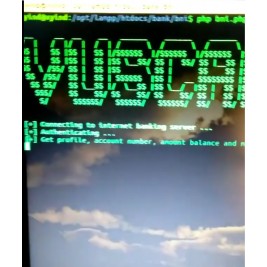

- #Vue router history mode how to#
- #Vue router history mode install#
- #Vue router history mode password#
#Vue router history mode install#
To install the package manually, open a new terminal/command prompt and navigate to your project folder, then run the following command. Step 1: Install the Routing package with npm To manually install and set up the Routing package, we follow a simple 3 step process.
#Vue router history mode how to#
How to manually install and set up the Routing package With routing, we associate the url with a component so that the app simulates navigation to a different page. What we want is for the url to reflect which component is loaded, which “page” the user is on, like When the user clicks on a link, it loads the appropriate component.īut when we load a component, the url stays With links to various “pages” like Contact Us or About Us. Routing is how we load components when the user navigates to a “page” in our application.Īs an example, let’s say we have a Vue app at If you prefer to learn visually, you can watch this lesson in video format.

#Vue router history mode password#
password: Tells clients connected to devServer to use the provided password to authenticate.

pathname: Tells clients connected to devServer to use the provided path to connect.hostname: Tells clients connected to devServer to use the provided hostname.You can also specify an object with the following properties: Usage via the CLI: npx webpack serve -client-web-socket-url ws://0.0.0.0:8080/ws Pass the options as the first parameter instead: new WebpackDevServer( If you're using dev-server through the Node.js API, the options in devServer will be ignored. That will give some background on where the server is located and what it's serving. Content not from webpack is served from '/path/to/public' directory

When the server is started, there will be a message prior to the list of resolved modules: Project is running at: const path = require ( 'path' ) ĭirectory : path. Here's a rudimentary example that gzips and serves everything from our public/ directory in the project root: This set of options is picked up by webpack-dev-server and can be used to change its behavior in various ways. Migration guide from v3 to v4 can be found here. This page describes the options that affect the behavior of webpack-dev-server (short: dev-server) version >= 4.0.0. See the development guide to get started. Webpack-dev-server can be used to quickly develop an application.


 0 kommentar(er)
0 kommentar(er)
